White dogs are a popular choice for pet owners, with breeds like the Samoyed, West Highland White Terrier, and Bichon Frise being among the most recognizable. While their fur color may be striking, some unique considerations come with owning a white dog.

One of the most notable aspects of white dogs is their grooming requirements. White fur is more prone to staining and discoloration, so owners must be diligent in keeping their dog's coat clean and well-maintained. This may involve regular baths, brushing, and even specialized shampoos or conditioners to keep their fur looking bright and white.
Another consideration when it comes to white dogs is their susceptibility to specific health problems. For example, some white dogs may be more prone to skin allergies or sensitivity to sunlight, which can lead to skin irritation or sunburn. Owners of white dogs need to be aware of these potential problems and take steps to control or treat them as needed.

Understanding White Dogs
White dogs are a popular choice of pet for many people. However, there are some necessary things to understand about their unique coat color and genetics.
Genetics of White Coats
White coat color in dogs is caused by a lack of pigment. This can be due to multiple factors, including recessive genes and specific health conditions. In some cases, white coat color can also be caused by a combination of other genes.
When breeding white dogs, it's crucial to be aware of the potential for genetic health concerns. This is because some genes that cause white coat color are also linked to other fitness conditions. For example, some white dog breeds have a higher risk of deafness.
Common Health Concerns
In addition to potential genetic health issues, white dogs may also be more prone to certain skin conditions. This is because their lack of pigment can make them more vulnerable to sun damage and other environmental factors.
To help prevent skin issues in white dogs, it's critical to provide them with proper sun protection and regular grooming. This can help keep their coats healthy and minimize the risk of skin irritation.
White Dog Breeds Overview
There are many different breeds of white dogs, each with their unique characteristics and traits. Some famous white dog breeds include the Maltese, Bichon Frise, Samoyed, and West Highland White Terrier.
When selecting a white dog breed, it's crucial to consider their individual needs and temperament. Some white dog breeds may be more high-maintenance than others, requiring regular grooming and exercise.
Hence, white dogs can make excellent pets for the right owner. By understanding their unique coat color and genetics, you can help confirm that your white dog stays healthy and happy for future years.
Popular White Dog Breeds
White dogs are a popular pick for many dog lovers. They are elegant, and charming, and have a unique beauty that sets them apart from other dogs. Here, we will discuss some of the most popular white dog breeds.
Small White Dog Breeds
Small white dog breeds are flawless for those who live in apartments or have limited space. They are also terrific for families with kids because they are easy to handle and are less likely to knock over children. Some of the fabulous small white dog breeds include:
Maltese
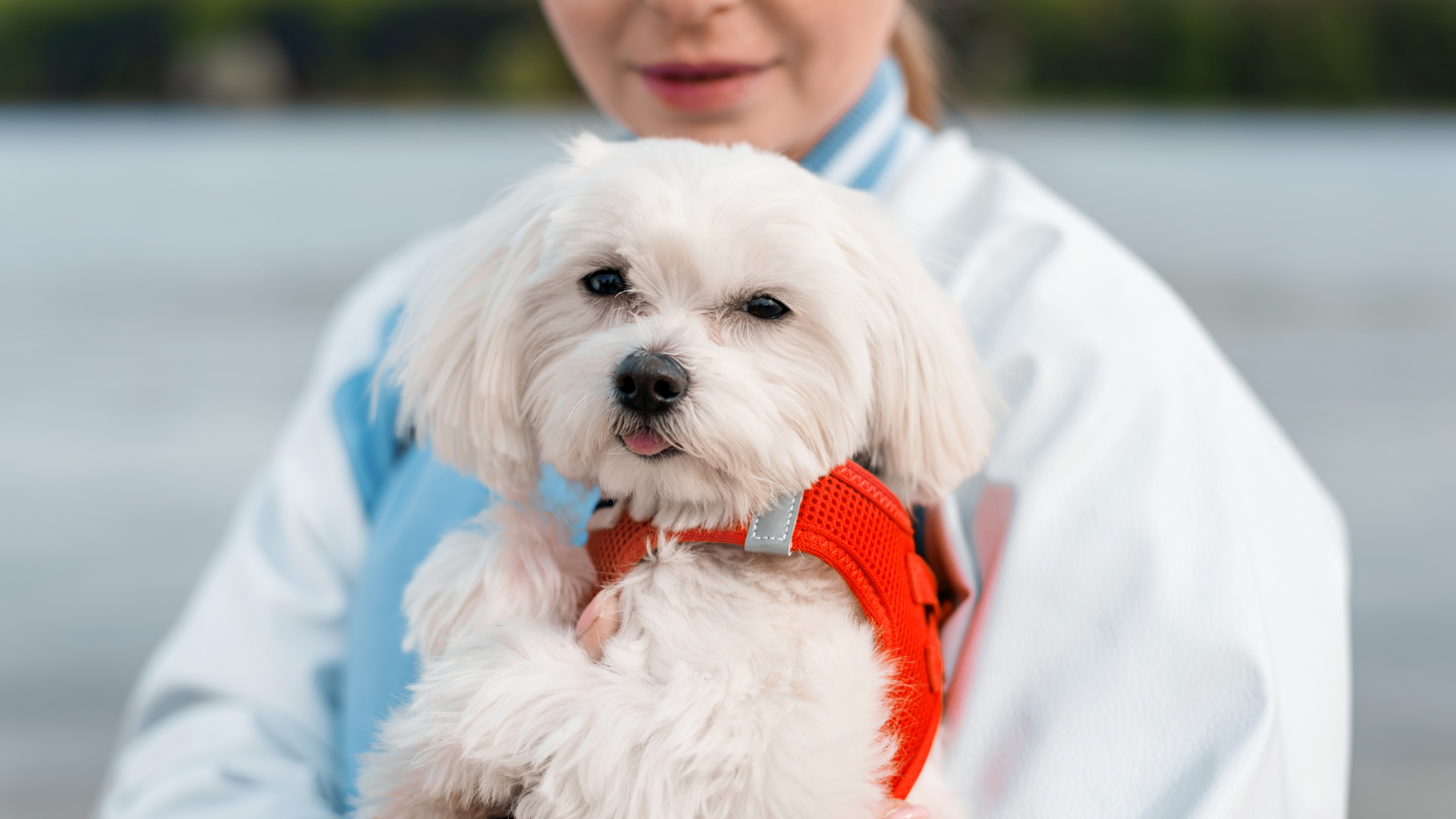
The Maltese is a small white dog breed that is known for its long, silky hair and playful personality. They are affectionate and adore to be around people. They are also great with children and make excellent family pets.
Pomeranian
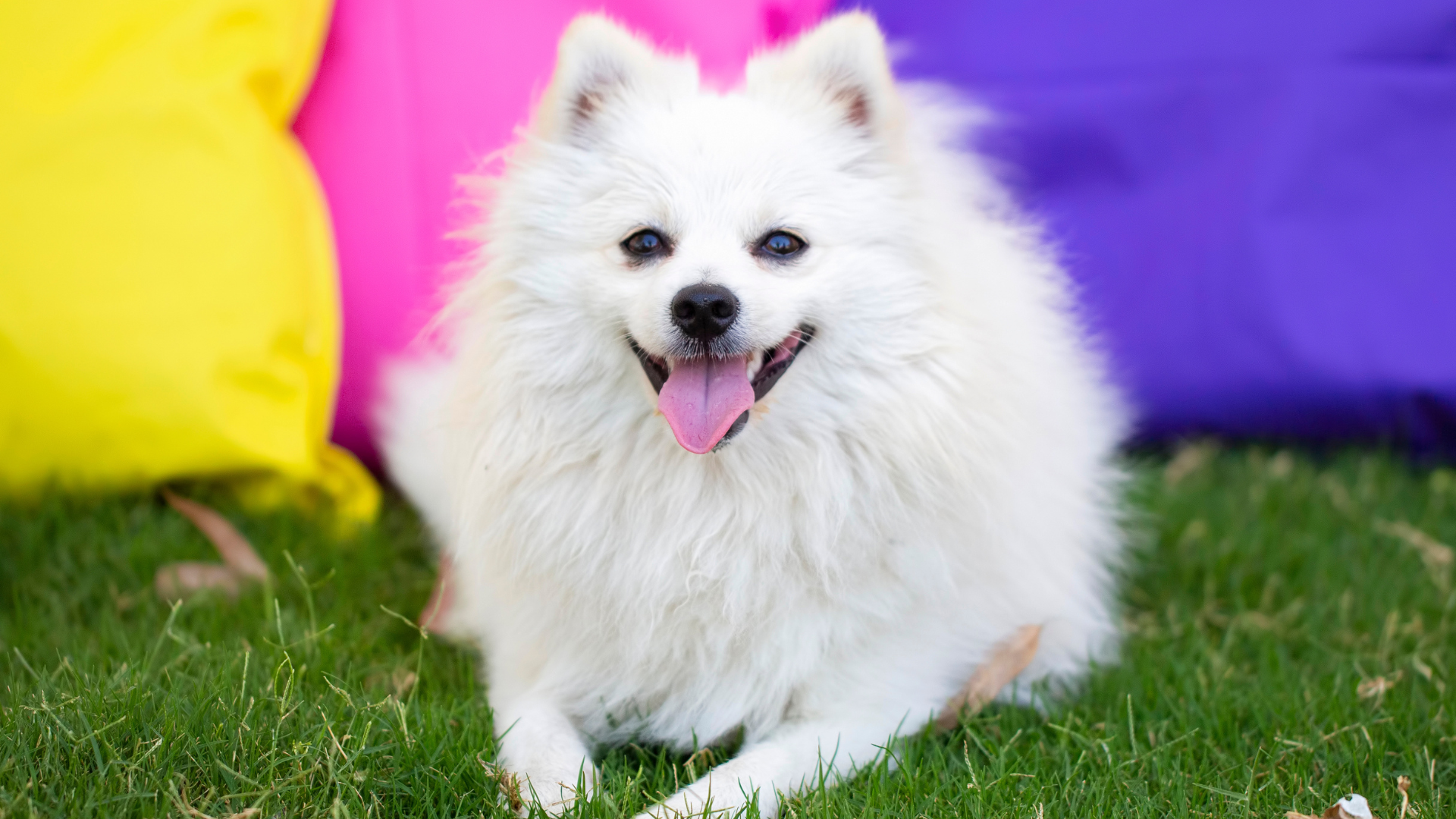
The Pomeranian is a small white dog breed that is known for its fluffy coat and outgoing personality. They are intelligent and easy to train. They are also great with children and make fantastic family pets.
Bichon Frise
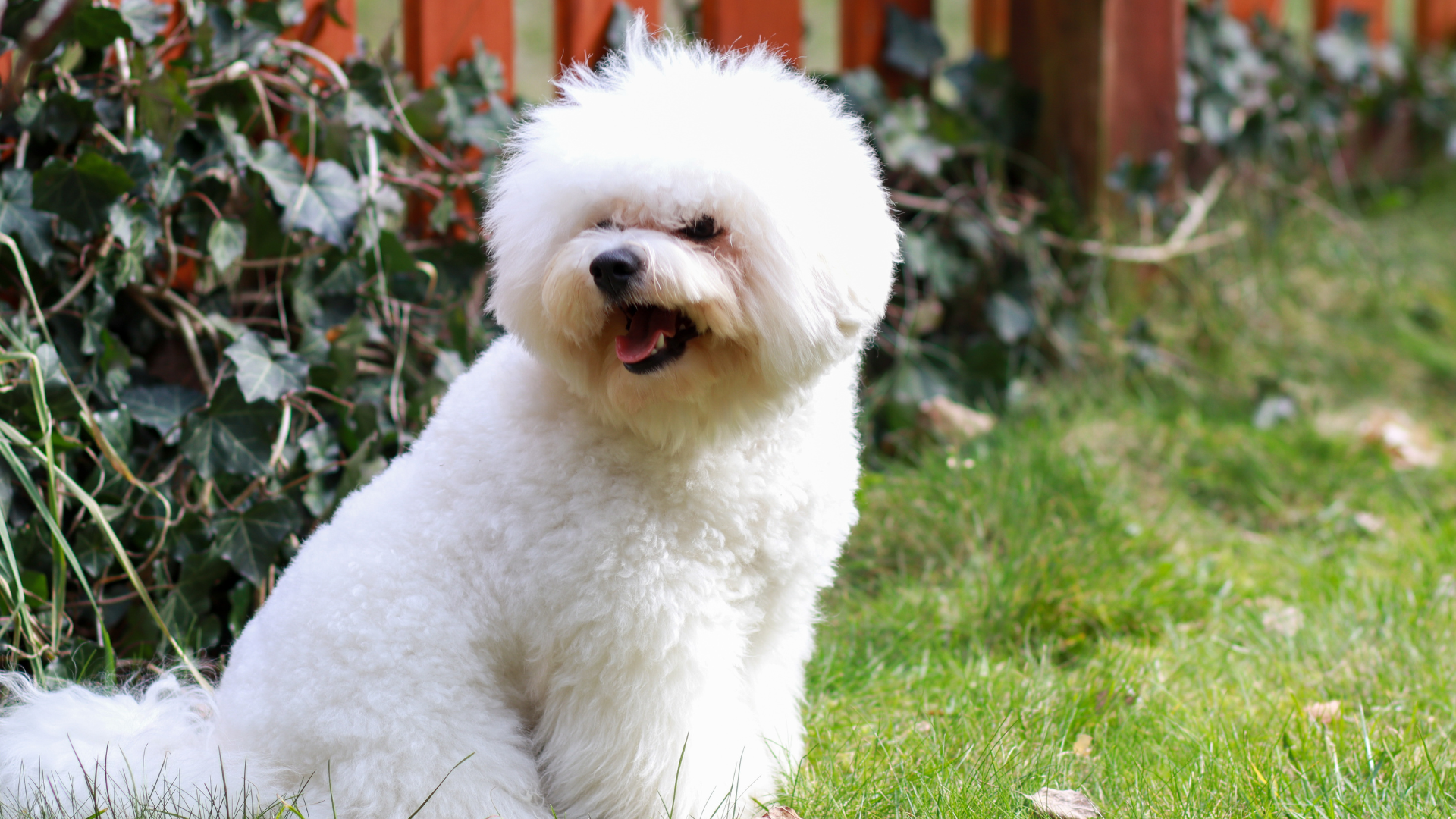
The Bichon Frise is a small white dog breed that is known for its curly, fluffy coat and precious personality. They are affectionate and love to be around people. They are also great with children and make outstanding household pets.
Large White Dog Breeds
Large white dog breeds are perfect for those who have a lot of space and want a dog that can deliver protection. They are also great for families with children because they are loyal and protective. Some of the popular large white dog breeds include:
Samoyed
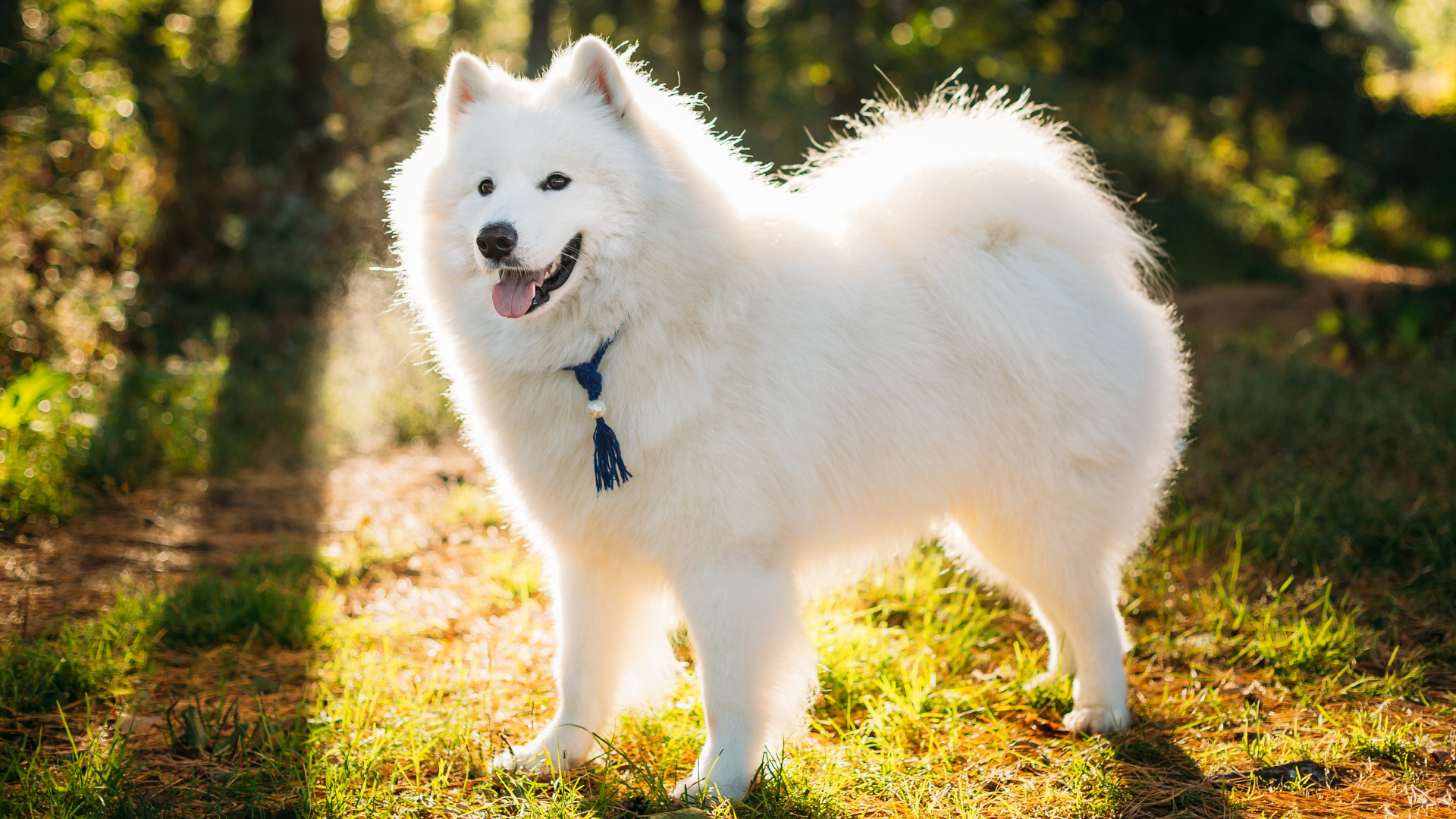
The Samoyed is a large white dog breed that is known for its thick, fluffy coat and friendly personality. They are intelligent and easy to train. They are also great with children and make exceptional home pets.
Great Pyrenees
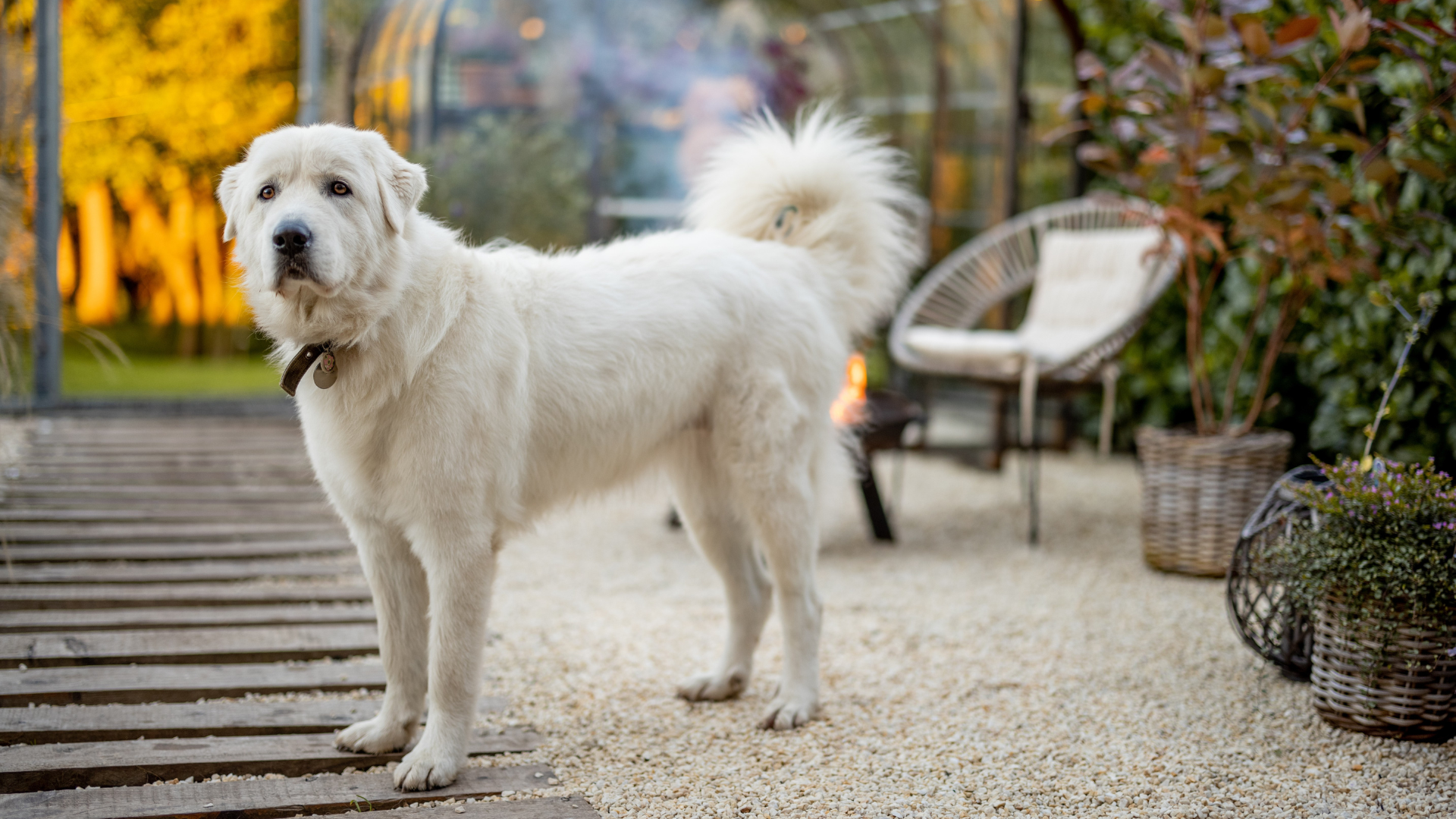
The Great Pyrenees is a large white dog breed that is known for its protective nature and calm temperament. They are loyal and make excellent guard dogs. They are also great with children and make superb household pets.
American Eskimo

The American Eskimo is a large white dog breed that is known for its thick, fluffy coat and outgoing personality. They are intelligent and easy to train. They are also great with children and make wonderful family pets.
Fluffy White Dog Breeds
Fluffy white dog breeds are perfect for those who want a dog that is cute and cuddly. They are also great for families with children because they are easy to handle and are less likely to knock over children. Some of the popular fluffy white dog breeds include:
Fluffiest White Dog Breed
The fluffiest white dog breed is the Samoyed. They have a thick, fluffy coat that is perfect for cuddling. They are also great with children and make immaculate home pets.
Breed-Specific Characteristics
Temperament and Behavior
White dogs come in various breeds, each with its unique temperament and behavior. Thus, white dogs are known for their loyalty and affection towards their owners. They tend to be intelligent dogs that are eager to please, making them excellent candidates for obedience training.
However, it's important to note that some white breeds, such as the Samoyed and the Maltese, can be prone to separation anxiety if not properly socialized. It's crucial to expose these breeds to different people, animals, and environments early on to ensure they grow up to be well-adjusted and friendly dogs.
Physical Attributes
One of the most striking characteristics of white dogs is their white coat. Some breeds, such as the Great Pyrenees and the American Eskimo, have a double coat that provides extra insulation during colder months. Other breeds, such as the Dalmatian and the Bull Terrier, have a short, sleek coat that requires minimal grooming.
White dogs can also have unique physical features, such as blue eyes. However, it's important to note that blue eyes in dogs can be linked to specific genetic disorders, so it's crucial to research the breed and breeder before selecting a dog with blue eyes.
Breed-Specific Needs
Each white breed has its own specific needs that owners should be aware of. For example, working breeds such as the White German Shepherd and the White Swiss Shepherd require regular exercise and mental stimulation to prevent boredom and destructive behavior.
On the other hand, smaller breeds like the Bichon Frise and the West Highland White Terrier have lower exercise requirements but require regular grooming to maintain their coat.
Overall, white dogs make ideal pets for those who are willing to meet their breed-specific needs and provide them with the love and attention they deserve.
Grooming and Care
White dogs are known for their stunning appearance and require proper grooming and care to maintain their fluffy fur and prevent tear stains and sunburn.
Coat Maintenance
White dogs have a beautiful coat that requires regular maintenance to keep it healthy and shiny. Regular brushing is essential to prevent matting and tangling of the fur. A slicker brush or a comb can be used to remove any tangles or knots. It is recommended to brush the coat at least once a week.
White hair is prone to staining, especially around the eyes and mouth. Tear stains can be prevented by wiping the area around the eyes with a damp cloth or using a tear stain remover. This will help keep the fur around the eyes clean and prevent any discoloration.
Fi GPS Tracking Dog Collar
Fi GPS tracking Dog Collar is ideal for helping keep your white dog in the best shape. It enables you to track the dog's exertion levels and steps, which you can compare to other dogs of similar breeds within your neighborhood.
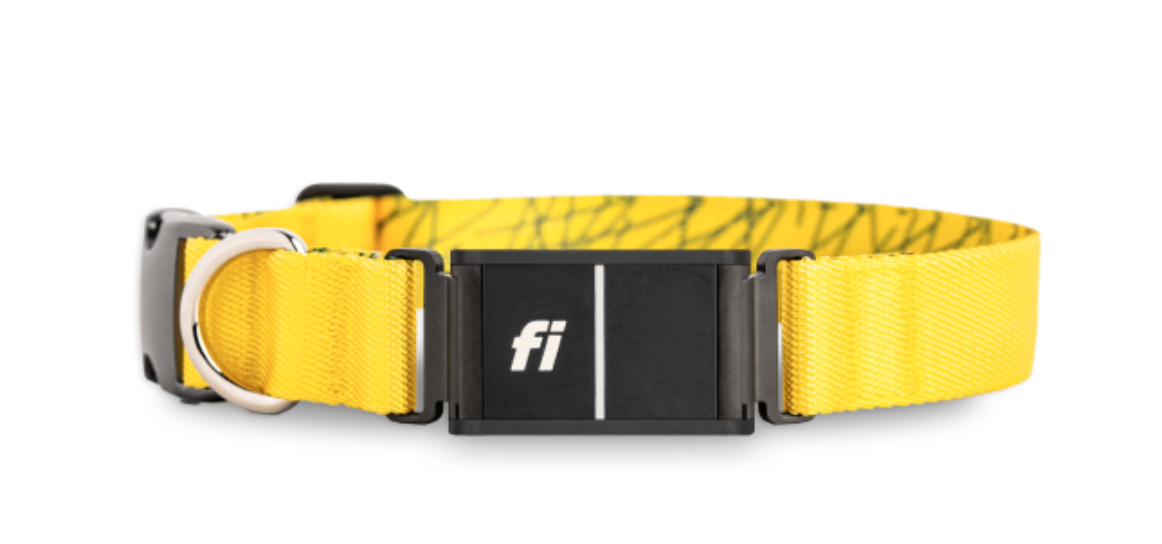
These tracking collars come in four core colors: pink, blue, gray, and yellow. They're a perfect fit for dogs whose neck sizes range between 11.5 and 34.5 inches. With its GPRS tracking feature, you'll instantly get a phone alert if your pup friend ever gets out unexpectedly.
Managing Shedding
White dogs shed their fur, and regular grooming can help control shedding. A de-shedding tool or a slicker brush can be used to remove any loose fur. It is suggested to groom the dog outside to prevent fur from accumulating inside the home.
Health and Hygiene
White dogs are susceptible to sunburn, especially on their nose and ears. It is recommended to apply sunscreen to these spots when the dog is outside for extended periods. Additionally, regular dental care is essential to maintain good oral hygiene and prevent bad breath.
Hence, proper grooming and care are essential for white dogs to maintain their stunning appearance and good health. Regular brushing, tear stain removal, managing shedding, and protecting the dog from sunburn are some of the essential grooming and care tips that can help keep your white dog healthy and happy.
Training and Socialization
Basic Obedience
White dogs, like any other breed, require basic obedience training to ensure they are well-behaved and obedient. This training includes commands such as sit, stay, come, and heel. It is significant to start training your white dog at an early age, as they tend to be patient and adaptable learners.
Using positive reinforcement techniques, such as treats and praise, can be an effective way to train your white dog. Consistency is key when it comes to obedience training. Owners should use the same commands and rewards every time to reinforce good behavior.
Advanced Training Techniques
Once your white dog has mastered basic obedience, you may want to consider advanced training techniques. These can include agility training, scent work, and even therapy dog training. These types of training can help your white dog develop new skills and abilities, as well as provide mental stimulation.
It is important to note that advanced training techniques should only be attempted once your white dog has mastered basic obedience. These practices require a higher level of training and should only be attempted under the guidance of a professional trainer.
Socializing Your White Dog
Socialization is a crucial aspect of training for any dog breed, including white dogs. Socialization involves exposing your white dog to various people, animals, and environments to help them become more comfortable and confident in different situations.
Owners should start socializing their white dogs at an early age, as they tend to be adaptable and patient learners. Socialization can include visits to the park, playdates with other dogs, and exposure to different sights and sounds.
Choosing the Right White Dog
When it comes to choosing the right white dog, there are a few required factors to consider. From lifestyle and environment to adoption and purchasing tips, this section will help guide you in your search for the perfect furry companion.
Considering Lifestyle and Environment
Before adopting or purchasing a white dog, it's essential to consider your lifestyle and living environment. Some white dog breeds, such as the Samoyed and Great Pyrenees, are known for their adaptability and can thrive in both city and country environments. Other breeds, such as the Maltese and Bichon Frise, are better suited for apartment living due to their smaller size and lower exercise needs.
It's also important to consider your activity level and lifestyle. If you're an avid hiker or runner, a white dog breed that enjoys physical activity, such as the Weimaraner or Dalmatian, may be a good fit. On the other hand, if you prefer a more relaxed lifestyle, a white dog breed with lower energy levels, such as the Bulldog or Shih Tzu, maybe a better choice.
Adoption and Purchasing Tips
When it comes to adopting or purchasing a white dog, there are a few essential tips to keep in mind. If you're interested in adopting, consider visiting your local animal shelter or rescue organization. Not only will you be saving a life, but you'll also have the opportunity to meet and interact with different white dog breeds and personalities.

If you're interested in buying a white dog from a breeder, be sure to do your research and choose a reputable breeder. Look for breeders who prioritize the health and well-being of their dogs, and who are transparent about their breeding practices and genetic testing.
Regardless of whether you choose to adopt or purchase, be sure to ask plenty of questions and spend time getting to know the dog before making a decision. A white dog can be a fantastic addition to any family, but it's paramount to choose the right breed and individual dog for your lifestyle and needs.
Conclusion
White dogs are an incredible addition to any family, bringing joy, companionship, and a touch of elegance. By understanding their requirements and providing proper care, you can confirm that your white dog leads a happy, healthy life. Whether you're drawn to their beauty or their gentle nature, white dogs are truly special furry friends.




